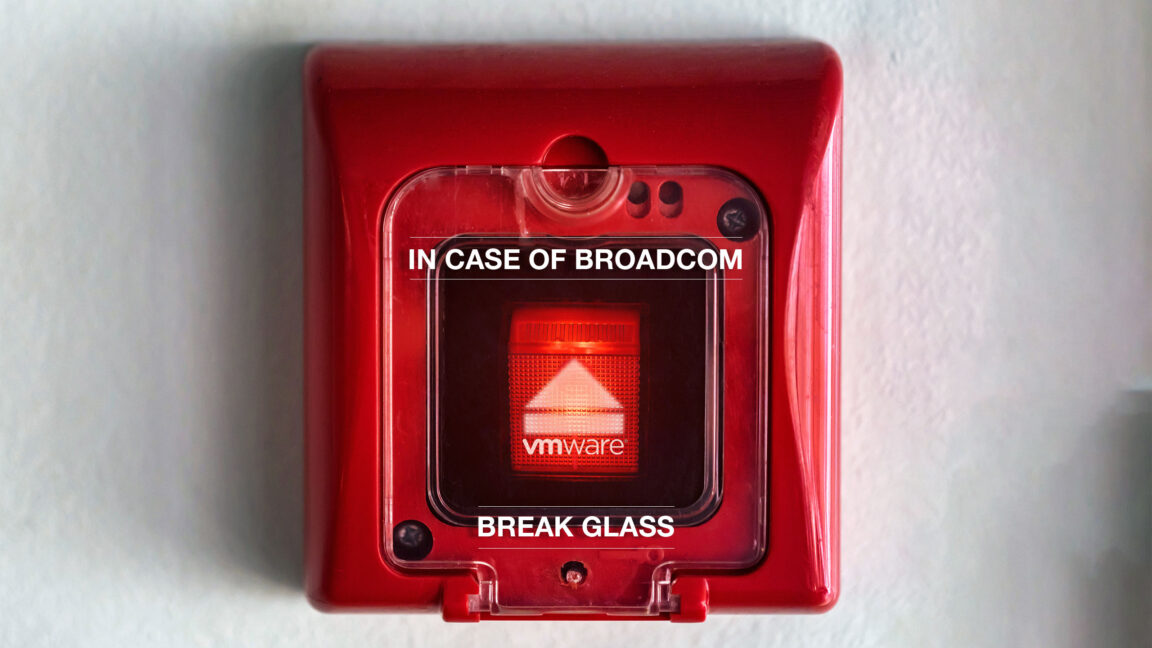On Monday, Anthropic launched the latest version of its smallest AI model, Claude 3.5 Haiku, in a way that marks a departure from typical AI model pricing trends—the new model costs four times more to run than its predecessor. The reason for the price increase is causing some pushback in the AI community: more smarts, according to Anthropic.
“During final testing, Haiku surpassed Claude 3 Opus, our previous flagship model, on many benchmarks—at a fraction of the cost,” wrote Antrhopic in a post on X. “As a result, we’ve increased pricing for Claude 3.5 Haiku to reflect its increase in intelligence.”
“It’s your budget model that’s competing against other budget models, why would you make it less competitive,” wrote one X user. “People wanting a ‘too cheap to meter’ solution will now look elsewhere.”








